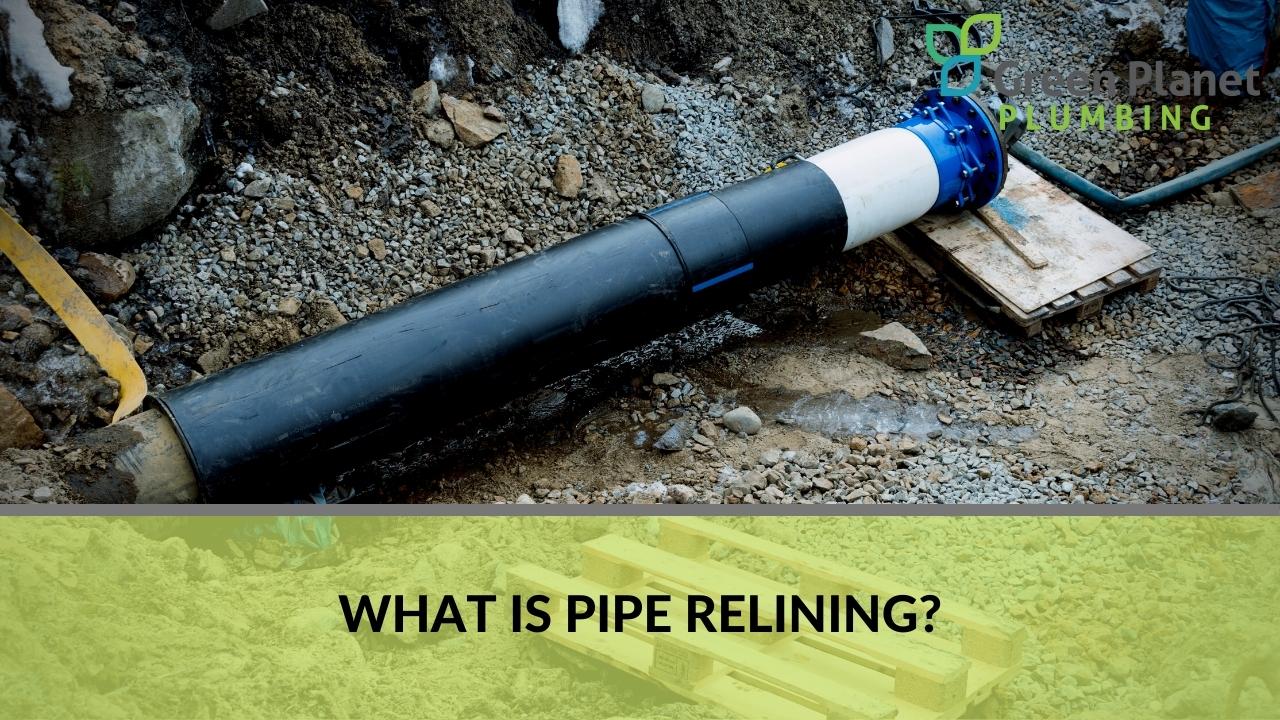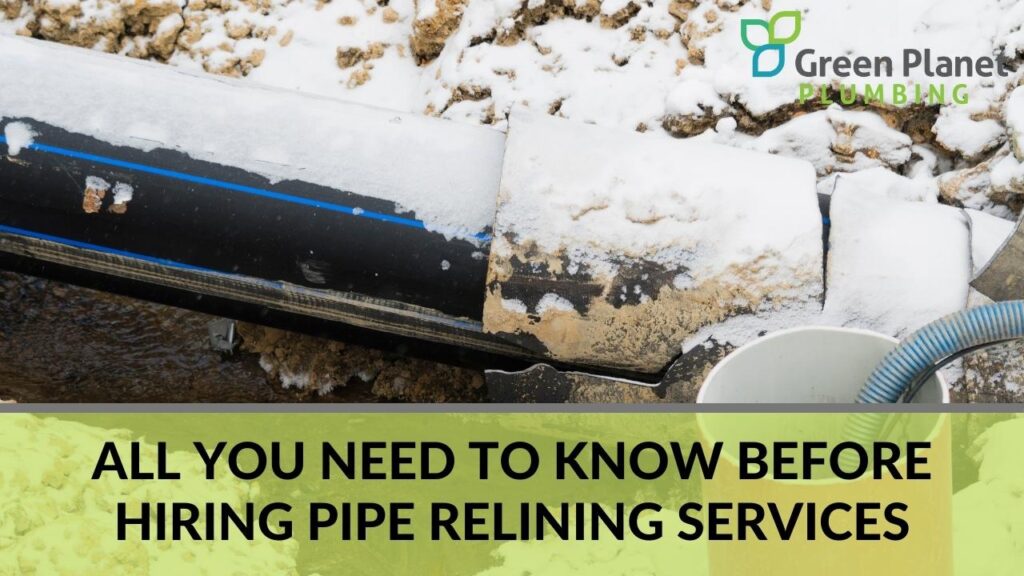Pipe repair solutions for damaged, broken and clogged pipes
A properly working plumbing system is necessary for a comfortable life, which is why it is so important to address pipe problems as soon as possible – leaving the damage will only aggravate the issue and hit you with more costs and further, usually preventable, damage.
The importance of a working pipe system
Pipes and the rest of the plumbing system are crucial in allowing the occupants of a structure to use an essential resource: clean water. The importance of clean water cannot be stressed enough – it is used for cleaning, cooking, drinking, and ensuring the comfort of the building’s occupants.
A properly working piping system helps reduce the household’s water consumption and the growth of mould. The proliferation of mould can lead to rotting, affecting the house’s structural integrity.
Of course, a well-maintained plumbing system makes a house or business establishment more comfortable. Life is easier when all of the building’s plumbing fixtures and pipes work and are in excellent condition.
Years of use can take its toll on pipes, increasing the likelihood that they will get damaged – no home improvement or repair is as terrifying as digging up and replacing broken pipes! It is an intrusive process that affects the activities of the house or business. It is also expensive. However, when pipes are broken and are causing problems, there is no other option but to repair them.

What is pipe relining?
Great news! There is a way to repair pipes without the need to dig a trench. Pipe relining is a trenchless pipe repair method that allows property owners to replace their existing pipes without the inconveniences of an excavation.
With pipe relining, plumbers only need to dig one access hole. They do not need to dig along the entire length of the damaged pipes. It saves the client from the costs that result from a piping repair, such as lawn and landscaping restoration.
The idea first emerged in 1971, when Eric Wood invented the cured-in-place pipe relining or the CIPP. The process was refined over the last few years into the trenchless pipe repair method that it is now.
What does pipe relining do?
The plumber inserts a special tube through the target pipe. Once it is in place, they will inflate it until it takes the shape of the existing pipe and fits against its walls.
Resin coats the outside walls of the tube. The resin adheres to the walls of the existing pipes, allowing the tube to take its shape. Once the resin hardens, a new pipe has formed within the old one.
Plumbers insert the special tube from a hole upstream. While inserting it downstream can be done, it is not advisable because of its risks.
How licensed plumbers do a pipe relining
Of course, plumbers don’t just dig a hole, inject the tube, and inflate it. There are necessary steps that they must first perform before injecting the resin that will become the new pipe.
- Inspect the pipes and determine how severe the damage is. This is usually done through closed-circuit cameras or a forced electron leak location (FELL). Knowing the extent of the problem allows technicians to design and apply more appropriate solutions.
- Clean the pipes for any blockage.
- Perform second check-up using closed-circuit cameras to ensure that the pipes are ready for relining.
- Check the length of the special tube is the same as the length of the damaged pipe.
- Insert epoxy-coated special tube into the pipes through the access point.
- Inflate the tube with air.
- Cure the epoxy resin naturally or with hot water to hasten the curing process. The cured resin lining is then hardened using UV light.

What are the benefits of pipe relining vs. pipe replacement?
Timely pipe repairs and replacements are essential. However, most property owners dread having their pipes repaired and replaced with all the digging it will entail. While this is true for the traditional pipe repair and replacements, pipe relining eliminates all those digging. Here are some of the benefits of choosing pipe relining over traditional pipe replacement.
Pipe relining is less damaging and less intrusive
With traditional pipe replacement, property owners must deal with another heartbreaking damage and mess on their lawns, yards, and landscapes. Restoring those well-maintained and well-manicured lawns could mean incurring new expenses, aside from the pipe repair and replacement.
While the pipe technicians may need to dig an access hole into the pipes, it is less intrusive. Pathways, driveways, and the rest of the yard are kept whole and intact. As a result, there will be fewer collateral damage and mess to achieve properly working pipes with pipe relining.
Pipe relining protects the pipes from roots and leaks
Once the epoxy resin hardens, it seals the pipes, giving it a strong, protective layer. It prevents leaks and seals cracks, leaving no room for plant and tree roots to penetrate the pipes.
The epoxy layer is hard and durable, giving the pipes permanent protection against more damage. Compared to pipes fixed through traditional pipe replacements, relined pipes will last longer and require fewer repairs and replacements.
Pipe relining improves flow capacity
Compared with clay and cast iron, epoxy is free from calcified deposits, providing the relined pipes with a smoother surface. A smoother pipe wall means no obstructions to slow down the flow of water, resulting in an improved flow capacity.
Pipe relining is cost-efficient
Pipe relining does not require heavy-duty equipment and diggers, making it more cost-efficient than traditional pipe replacement. The fact that it does damage the property and leaves no mess means no cleaning up and no need to restore lawns.
Pipe relining is suitable for hard-to-reach pipes
Of course, there are pipes located beneath houses or roads. To reach for them using conventional pipe repair methods will mean costly digging. Pipe relining allows pipe technicians to repair broken pipes in hard-to-reach locations, with minimal inconveniences and damage.
Pipe relining can be done using existing access points
With pipe relining, pipe technicians can use existing manholes or access points. It eliminates the need to dig a small access hole to reach the pipes.
Pipe relining is faster than replacement
Pipe relining can be done in a fraction of the time that it takes to replace pipes. Since there is no need to dig, pipe technicians can go directly to examine the damage. Importantly, it saves the client precious time as most relining jobs are completed within a day.
Pipe relining is less wasteful
When pipes are repaired using pipe relining, the broken pipes are not dug up and discarded. This helps the environment, not just because it minimises digging but also because it reduces wastes from the repair.
Are there disadvantages to using pipe relining?
As with all things, there are also drawbacks and disadvantages to using pipe relining. For one, pipe relining covers only the inside walls of the pipes. Moreover, it will not be able to fix exterior problems, such as failing pipe supports and surface corrosion.
Pipe cleaning machines that use cutter heads can also damage the resin of a relined pipe. High-pressure jetting is recommended to clean relined pipes, which is messier and pricier.

What are the other trenchless pipe repair methods?
CIPP is not the only trenchless pipe repair method out there. Here are the other pipe repair methods that are also non-intrusive and less damaging to the property.
Pipe coating
This process is used to fix small cracks and fractures and replace aging pipes. Epoxy is sprayed from the inside of the pipe to seal the cracks along the line.
Mechanical spot repair
This method helps repair damages that have not affected the overall integrity of the pipe. A grouting sleeve with a mechanical locking system and a stainless-steel core is inserted into the pipe. A closed-circuit camera guides the sleeve to the damaged spot. The sleeve is then inflated, and then it expands to cover all cracks.
Pipe bursting
This method is for pipes with severe damage. It allows the pipe technician to replace damaged pipes without digging a trench. The pipe technician will insert a bursting or expander head at the pipe’s access point. Using hydraulic power, the head moves through the pipe. It breaks the old pipes as it draws in the new ones.
Trenchless slip lining
In this method, a smaller diameter pipe is inserted into the damaged pipe. However, it does reduce the flow of water in the new pipe inserted.

Frequently Asked Questions
Which types of pipe are suited for pipe relining?
Pipe relining can be used on all types of pipes available. It is effective for copper, PVC, cast iron, galvanised mild steel, earthenware, HDPE, sand tar, asbestos cement, and plastic, among other materials. It is also applicable for all types of pipes based on their function. For example, pipe relining is effective for stormwater, septic, chemical, and sewer pipes.
Which sizes of pipe are suitable for pipe relining?
Pipe relining is compatible with pipes of all sizes.
Can pipe relining be used in all types of properties?
Yes, pipe relining can be used to repair pipes in residential, commercial, and industrial properties. It is well-suited for all pipes of all applications.
How much does pipe relining cost?
The cost of each pipe relining activity depends on the extent of the damage, the type of the pipes involved, the size of the pipes, and the access to the pipes. Of course, other factors may also affect the cost of the repair. Contact us at Green Planet Plumbing for more information
What problems does pipe relining solve?
Pipe relining can solve many pipe problems. For instance, it can fix are caused by corrosion, root infestation, ground movement, and displaced joints.
Is pipe relining a permanent solution?
Yes. Pipe relining is a permanent solution to damaged and broken pipes. The material used for relining can last up to 50 years and it minimises the need to call for pipe repairs for a long time.
How long does the pipe relining process take?
Compared to conventional digging and replacement of damaged pipes, pipe relining is quicker and easier. Most pipe relining for minor damages takes around 4 hours, so it will be finished within a day. Of course, the duration depends on the location of the damaged pipes and the gravity of the damage.
Can a full pipe be relined?
Yes. Pipe relining can help repair a damaged section or even the entire length of a pipe.
Are there instances when pipe relining is not possible?
Yes, there are rare events when pipe relining is not the best solution to the problem. In these instances, licensed and experienced plumbers should replace the damaged pipe.

Are you having Issues with your plumbing system in Newcastle and Hunter? Contact Green Planet Plumbing today
Whether you are experiencing blocked drains or leaks, we are here to help you. Green Planet Plumbing is a family-owned and operated business committed to helping you with your plumbing needs whilst also doing our part for the environment.
Best of all, our licensed plumbers are available 24/7 plumbing for emergencies. With over a decade of experience, we provide only the best, the latest, and some of the most eco-friendly pipe repair technologies available today. Call us on (02) 4911 9402 or email us at hello@greenplanetplumbing.com.au and let us talk about how we can help you.

